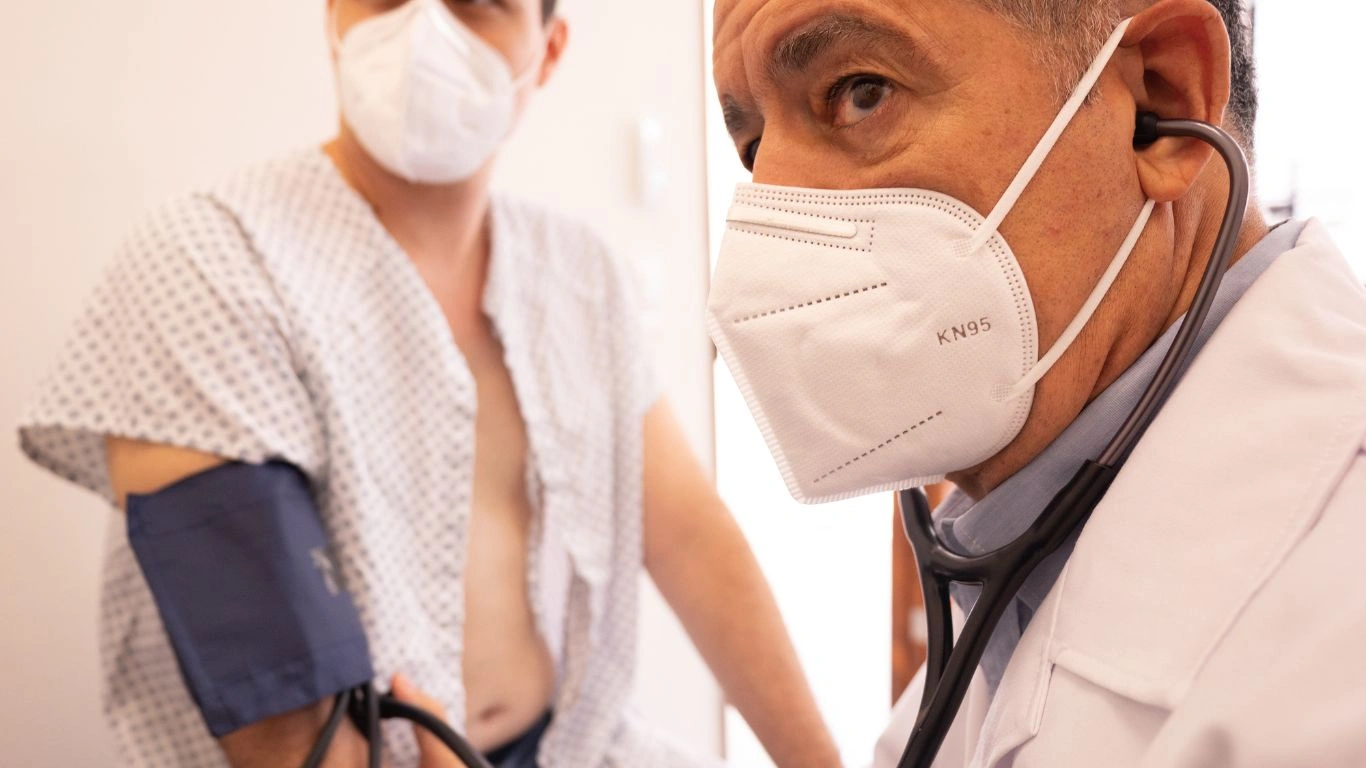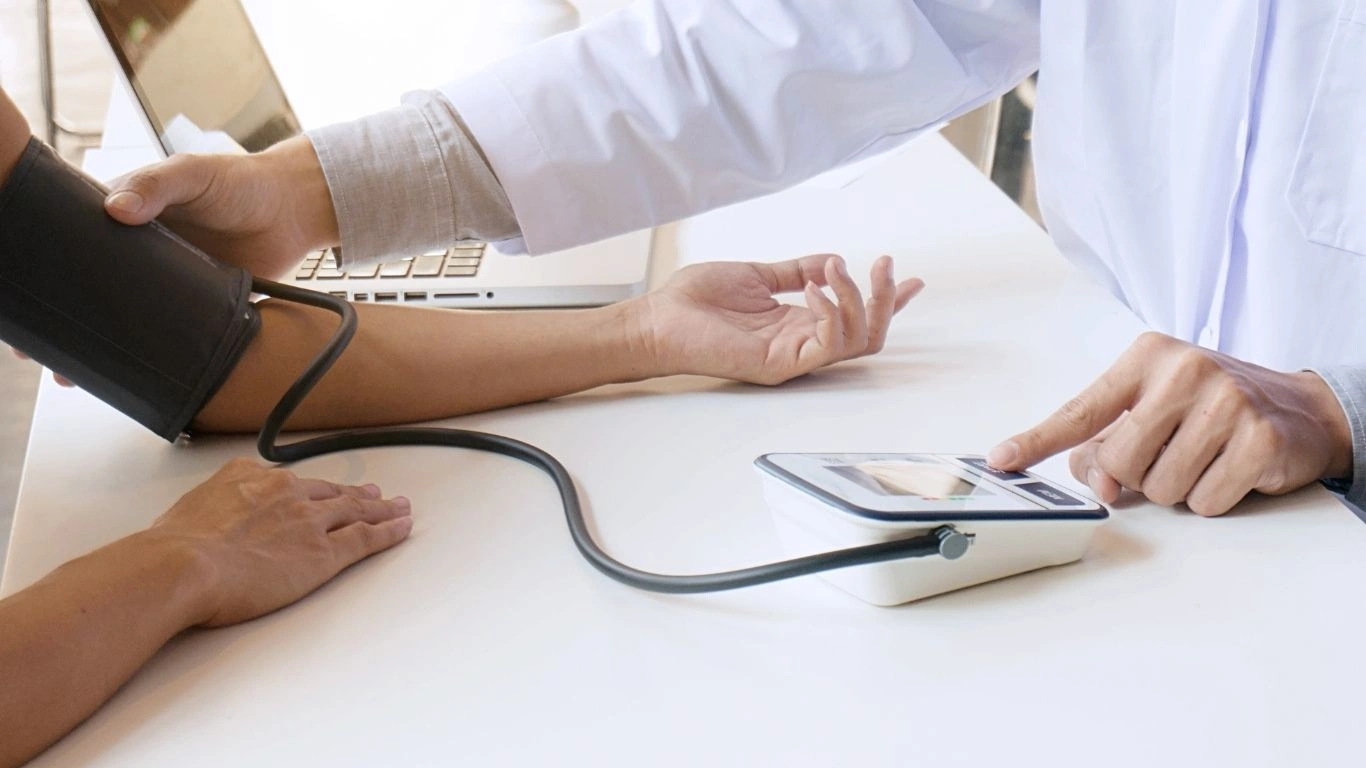7 Effective Workouts for People with High Blood Pressure That Boost Heart Health
When it comes to managing high blood pressure, exercise is one of the most effective tools in your arsenal. But not all workouts are created equal—some can send your blood pressure skyrocketing, while others can help keep it in check. That’s why finding the best workouts for people with high blood pressure is key to improving heart health without unnecessary risks. As someone who has spent years helping people manage hypertension, I know firsthand how daunting it can feel to start an exercise routine. But trust me, movement is medicine! Let’s dive into the safest and most effective ways to stay active while keeping your blood pressure in check.
Why Exercise Matters for High Blood Pressure

We all know exercise is good for us, but if you have high blood pressure, it’s absolutely crucial. Regular physical activity helps:
- Lower blood pressure naturally: Exercise makes your heart stronger, meaning it pumps blood more efficiently with less effort.
- Improve circulation: Movement helps your blood vessels stay flexible and open, reducing strain on your arteries.
- Reduce stress levels: Stress and hypertension go hand in hand, and exercise is one of the best ways to manage anxiety.
- Boost overall heart health: A well-conditioned heart doesn’t have to work as hard, which helps keep blood pressure in check.
But before you lace up your sneakers and jump into an intense workout, let’s go over the safest and most effective ways to exercise with high blood pressure.
Best Workouts for People with High Blood Pressure

Not all exercises are hypertension-friendly. The trick is to focus on workouts that keep your heart strong without putting too much strain on your cardiovascular system. Here are some of my top recommendations:
1. Walking: The Ultimate Low-Impact Workout
Never underestimate the power of a good walk! Walking is one of the easiest and most effective workouts for people with high blood pressure. It’s low impact, gets your heart rate up, and helps reduce stress levels. Aim for at least 30 minutes a day at a moderate pace—enough to get your heart pumping but not leave you gasping for breath.
2. Swimming: A Full-Body, Blood Pressure-Friendly Workout
Swimming is like a magic bullet for hypertension. The water supports your body, reducing stress on your joints while giving you a great cardio workout. Plus, the rhythmic breathing required in swimming can help lower stress and improve circulation. If you’re not into lap swimming, even a water aerobics class can be a great option!
3. Cycling: A Heart-Healthy Way to Stay Active
Whether you prefer biking outdoors or using a stationary bike, cycling is an excellent way to strengthen your heart without overloading it. It’s gentle on the joints and can be adapted to your fitness level. Just make sure to keep a steady pace—no need to go Tour de France on your first ride!
These are just a few of the best ways to get moving while keeping high blood pressure in check. In the next section, we’ll dive into strength training, yoga, and other effective exercises that can further help manage hypertension.
Strength Training: Is It Safe for High Blood Pressure?

Now, if you’ve ever been told to avoid lifting weights because of your blood pressure, let’s clear that up. Strength training can be incredibly beneficial when done correctly. The key is to focus on light-to-moderate resistance and avoid straining or holding your breath, which can cause sudden spikes in blood pressure.
Here’s how to do it safely:
- Use lighter weights and higher repetitions: This keeps the strain manageable while still giving your muscles a good workout.
- Breathe steadily: Exhale during the effort (lifting phase) and inhale as you return to the starting position.
- Avoid isometric exercises: Moves like prolonged planks or heavy squats without movement can increase blood pressure.
- Focus on full-body movements: Compound exercises like squats, lunges, and push-ups engage multiple muscle groups, promoting circulation and heart health.
As someone who has worked with hypertension patients for years, I always recommend starting with resistance bands or bodyweight exercises before moving to free weights. Slow and steady wins the race!
Yoga and Stretching: A Natural Way to Lower Blood Pressure

If you’re looking for a way to reduce stress, improve flexibility, and support heart health all at once, yoga is a fantastic option. It’s not just about stretching—it’s about mindfulness, controlled breathing, and relaxation, all of which help regulate blood pressure.
Best Yoga Poses for High Blood Pressure
Some poses are especially beneficial for people managing hypertension:
- Child’s Pose: A gentle, calming stretch that helps regulate breathing.
- Seated Forward Bend: Stretches the back and promotes relaxation.
- Legs-Up-The-Wall Pose: Encourages circulation and reduces stress.
- Cat-Cow Stretch: A gentle movement that supports spinal health and blood flow.
One of my patients, Linda, struggled with high blood pressure and stress from work. When she added yoga to her routine, she noticed a significant improvement in her overall well-being. It’s a game-changer!
Breathing Exercises: The Overlooked Secret to Blood Pressure Control
We often underestimate the power of breath control, but trust me, it’s one of the most effective ways to lower blood pressure naturally. Slow, deep breathing activates the parasympathetic nervous system, which tells your body to relax and reduces stress hormones.
Try This Simple Breathing Exercise
- Find a quiet space and sit comfortably.
- Inhale deeply through your nose for four seconds.
- Hold your breath for four seconds.
- Exhale slowly through your mouth for six to eight seconds.
- Repeat for 5-10 minutes daily.
This technique, known as diaphragmatic breathing, can make a noticeable difference in keeping blood pressure stable.
We’ve covered a lot so far—walking, swimming, cycling, strength training, yoga, and breathing exercises. But there’s still more to explore, including the role of consistency and how to build a sustainable fitness routine that keeps your heart happy.
Case Studies & Real-Life Examples

When it comes to high blood pressure, everyone’s journey is different. But one thing remains the same: the right workout routine can truly make a difference. Let me share a couple of real-life examples from people I’ve worked with.
Case Study 1: John’s Journey with Strength Training
John, a 55-year-old retired firefighter, was hesitant about strength training. He believed lifting weights would increase his blood pressure. After we introduced a structured plan using light weights, controlled breathing, and gradual progression, his blood pressure readings improved within three months. His doctor even reduced his medication dosage!
Case Study 2: Maria’s Yoga and Walking Routine
Maria, a 62-year-old school teacher, struggled with hypertension and stress. She didn’t enjoy intense workouts, so we focused on daily walks and beginner-friendly yoga. The result? A 10-point drop in her systolic pressure and a noticeable boost in her energy levels.
These stories prove that small, consistent changes can have big impacts on your health.
Key Takeaways: What You Need to Remember
Before you lace up your sneakers or roll out your yoga mat, let’s recap the most important points:
- Cardio is king: Walking, cycling, and swimming are safe and effective ways to improve heart health.
- Strength training is beneficial: Stick to light-to-moderate resistance and focus on controlled movements.
- Yoga and breathing exercises matter: Stress reduction plays a crucial role in blood pressure management.
- Consistency beats intensity: Even 30 minutes a day can make a world of difference.
- Listen to your body: If you feel dizzy, lightheaded, or out of breath, take it easy and adjust your routine.
FAQs
Can I lift heavy weights if I have high blood pressure?
It depends. If your blood pressure is under control, you may be able to lift moderate weights safely. Just avoid straining and holding your breath during lifts.
How often should I exercise?
The American Heart Association recommends at least 150 minutes of moderate-intensity aerobic activity per week. That’s just 30 minutes a day, five days a week!
Are high-intensity workouts safe?
Not always. While some people can tolerate HIIT (high-intensity interval training), sudden spikes in heart rate may not be safe for those with uncontrolled hypertension. Stick to moderate exercises unless cleared by your doctor.
Bonus: Additional Resources or DIY Tips
Want to dive deeper? Here are some helpful resources:
- American Heart Association – Exercise recommendations for hypertension
- Mayo Clinic – Lifestyle changes to lower blood pressure
- National Heart, Lung, and Blood Institute – Blood pressure management guidelines
Appendix: Table, References, Disclaimer, and Call to Action
| Exercise Type | Recommended Frequency | Benefits |
|---|---|---|
| Walking | 30 min/day | Improves circulation, reduces stress |
| Strength Training | 2-3 times/week | Increases muscle strength, supports metabolism |
| Yoga | 3-4 times/week | Enhances flexibility, lowers stress hormones |
Disclaimer: This article is for informational purposes only and should not replace medical advice. Always consult your doctor before starting a new exercise routine.
So, what’s stopping you from getting started? Take that first step today—your heart will thank you!

Dr. Gwenna Aazee is a board-certified Internal Medicine Physician with a special focus on hypertension management, chronic disease prevention, and patient education. With years of experience in both clinical practice and medical writing, she’s passionate about turning evidence-based medicine into accessible, actionable advice. Through her work at Healthusias.com, Dr. Aazee empowers readers to take charge of their health with confidence and clarity. Off the clock, she enjoys deep dives into nutrition research, long walks with her rescue pup, and simplifying medical jargon one article at a time.





